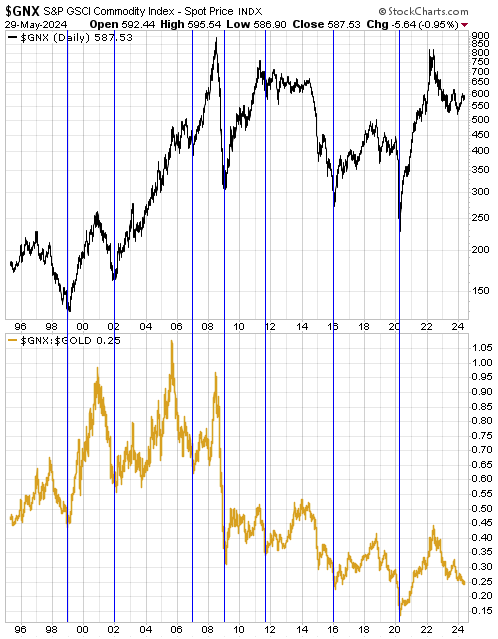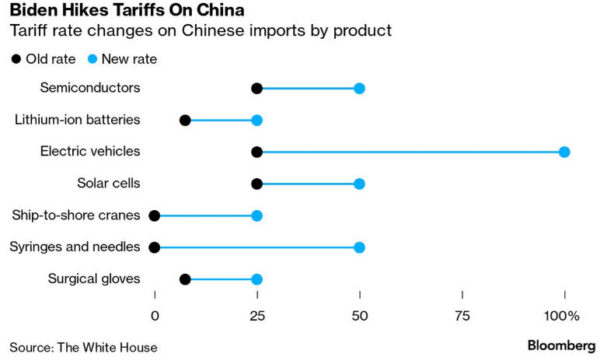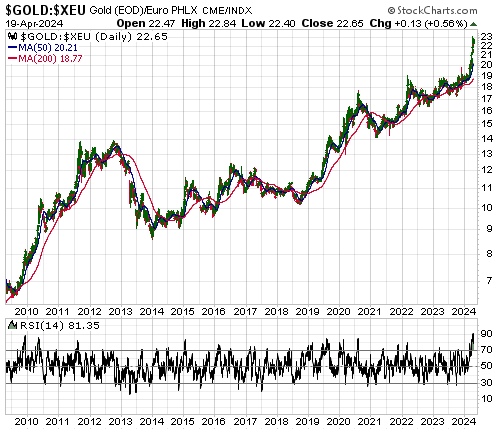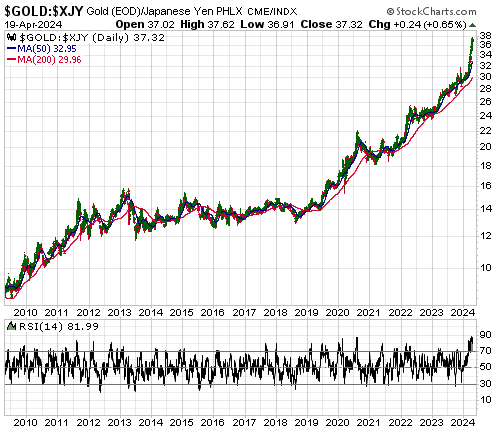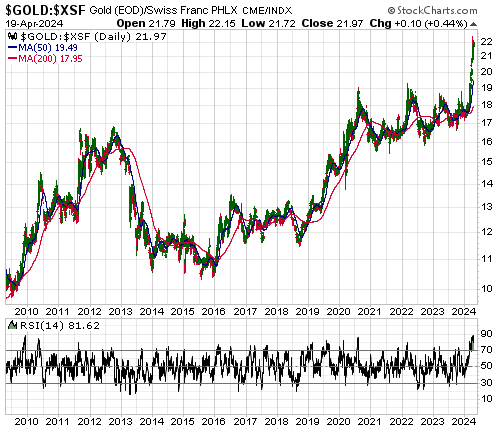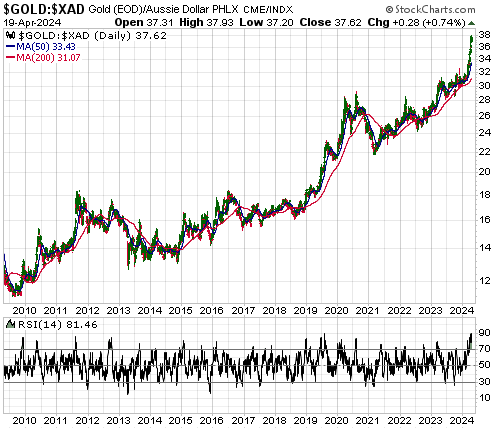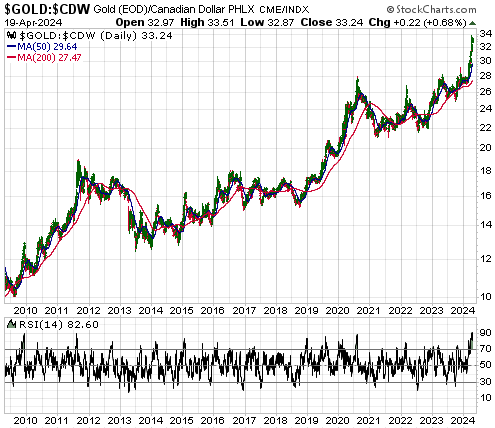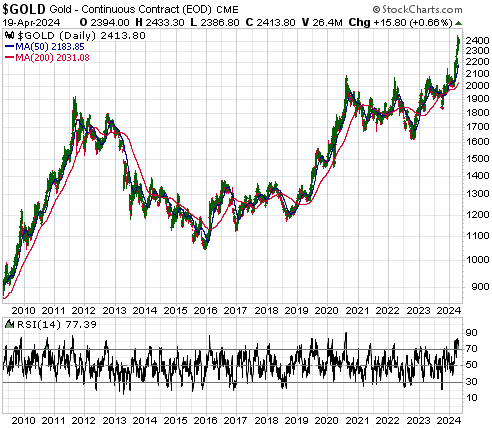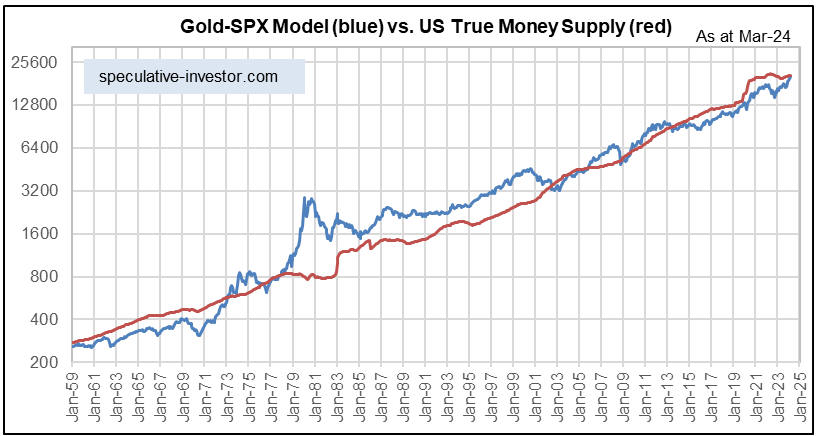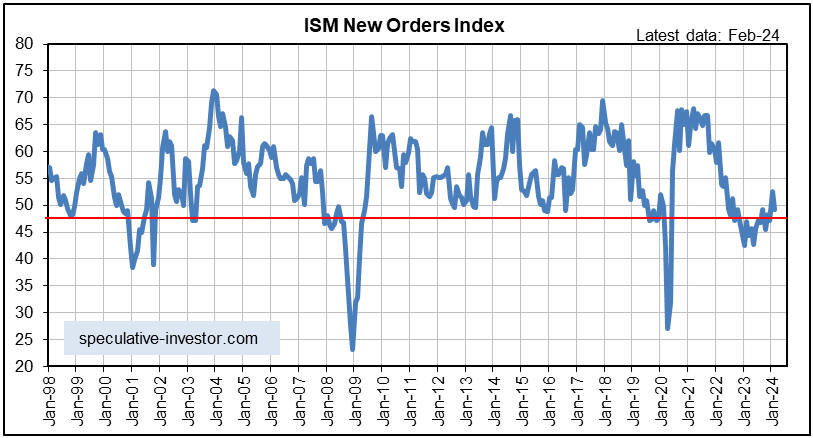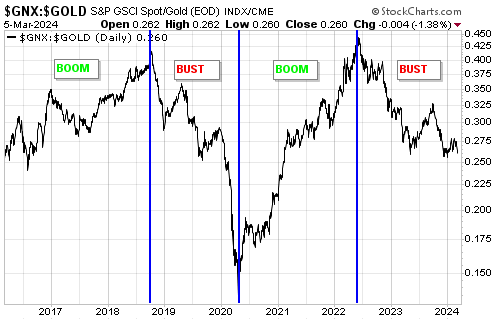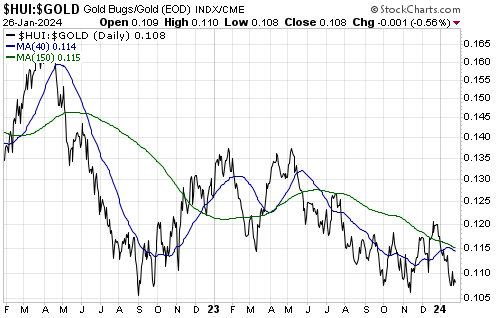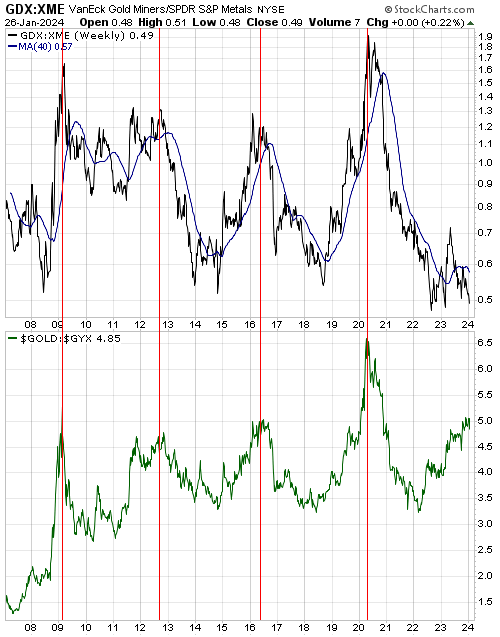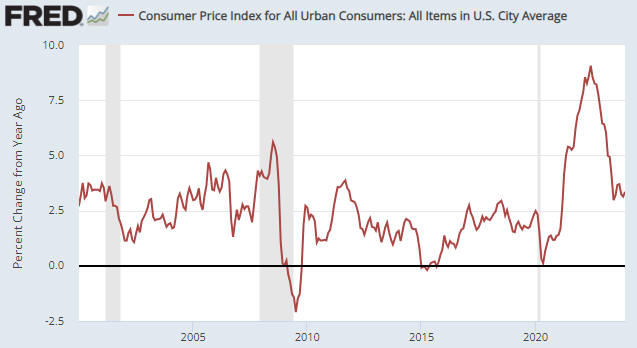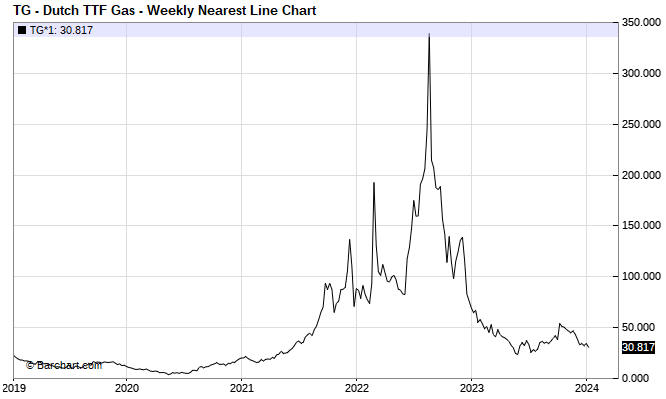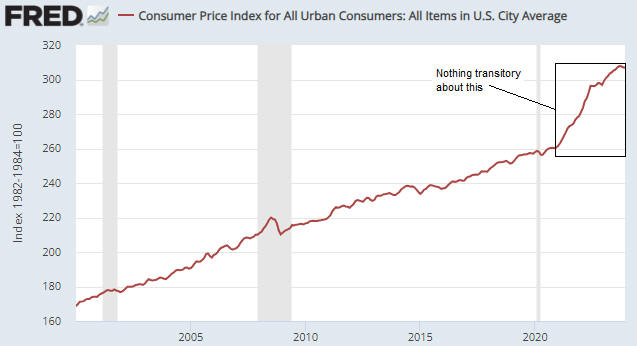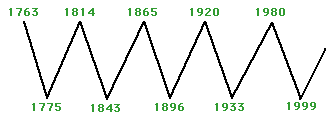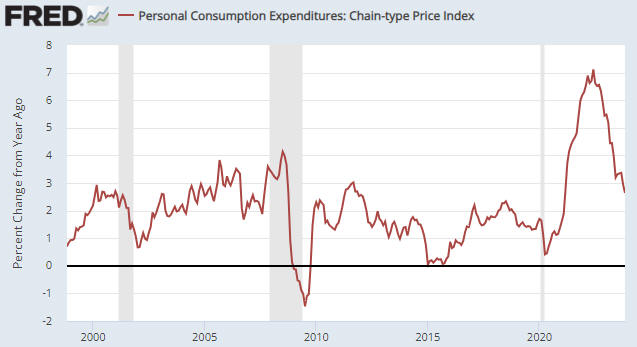[This blog post is a modified excerpt from a recent commentary published at www.speculative-investor.com]
The purpose of this piece is to address the misconception that the stocks of small, exploration-stage mining companies offer leveraged exposure to changes in metal prices. The reality is that they offer zero leverage to changes in metal prices. What they offer is leverage to changes in the general desire to speculate.
To explain, take the hypothetical example of a publicly-listed company that owns a project with a defined gold resource that it is attempting to grow via exploration. If everything goes well and the project can be drilled/engineered/permitted to the point where it makes sense to enter the mine construction phase, it most likely will be 5-10 years before the project is generating any revenue from gold production. Consequently, changes in the price of gold this year are irrelevant. What matters is what the price of gold and the cost of mining gold will be in 5-10 years’ time, which, of course, are complete unknowns.
The reason that the stocks of exploration-stage juniors are often viewed as providing leverage to metal prices is that the general desire to speculate tends to rise during upward price trends and fall during downward price trends. In particular, the further an upward price trend progresses, the greater will become the propensity for market participants to take risk in their efforts to profit from the trend. And consequently, the greater will become the popularity of relatively risky stocks.
“Market participants” in the above paragraph refers not only to the general public, but also to professional traders/investors and the managers of larger companies within the industry. Almost everyone gets more excited as the upward price trend matures, which is why a huge amount of money ends up being wasted (directed towards ill-conceived investments) during the latter stages of booms.
This also explains why many exploration-stage junior mining stocks do very little during the early and even the middle stages of upward trends in metal prices. A gold mining company that is more than 5 years away from producing gold, or more likely will never actually produce any gold, is not worth any more with a current gold price of $2500/oz than it would be with a current gold price of $1500/oz, because the current gold price is irrelevant to its valuation. It is the current producer, not the possible producer many years into the future, that can offer genuine leverage to changes in spot metal prices.
A related point is that if you own shares of a profitable gold producer then you have a stake in a real business, but if you own shares of an exploration-stage gold mining company then what you have is a stake in a story, not a real business. It’s important to understand what you own. If you own a stake in a real business then you potentially could make money from dividends, but if you own a stake in a story then you will only make money if other people become more bullish on the story and therefore become willing to buy you out at a higher price.
We expect that as the cyclical bull market in gold mining stocks becomes more obvious, the general desire to speculate in gold mining stocks will start to ramp up. However, the recent price action suggests that the start of the speculative ramp-up may still be at least a few months away.
 Print This Post
Print This Post

